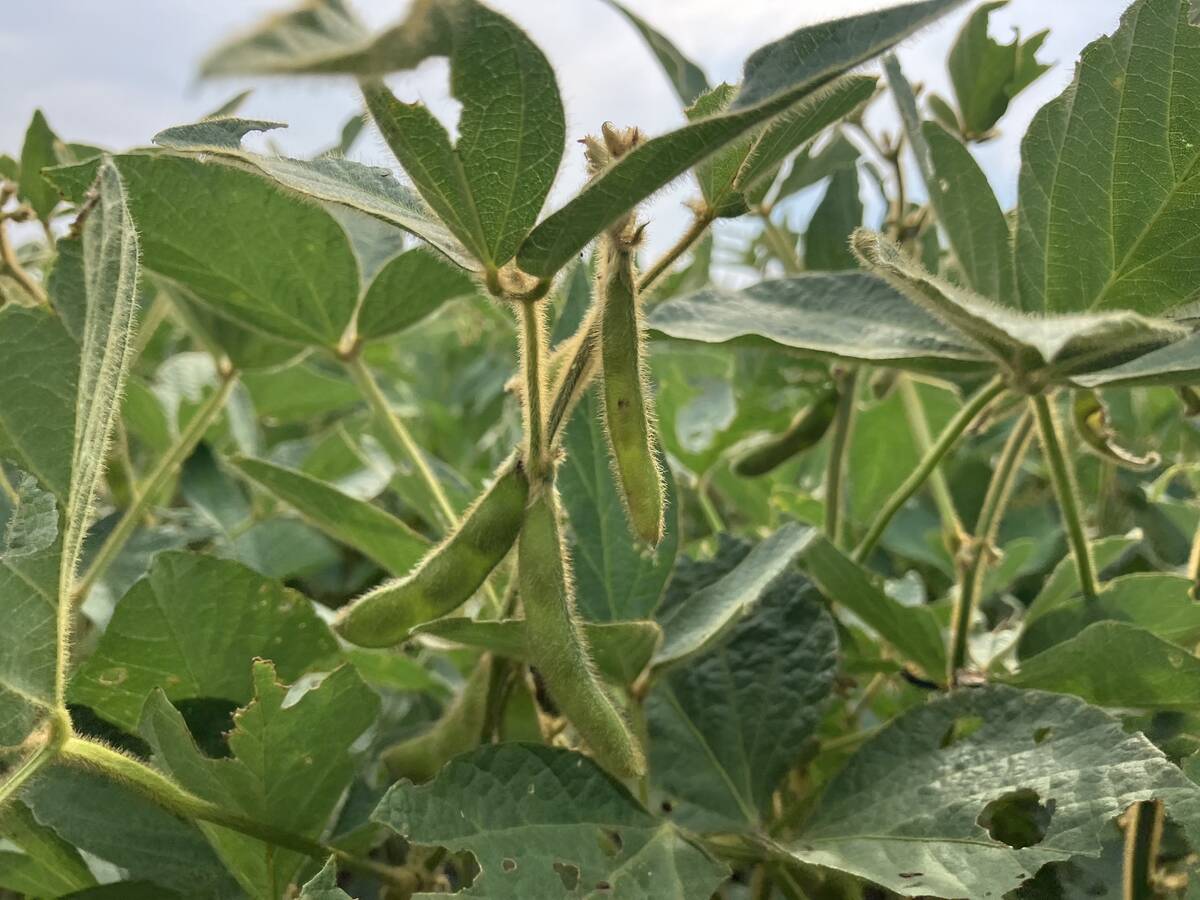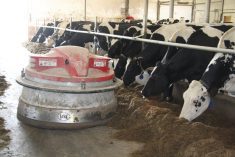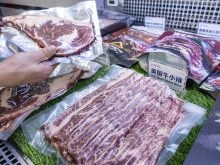TROMSOE, Norway (Reuters) – Indigenous Sami people in the Arctic may have found a way to help their reindeer herds cope with climate change: more castration.
Research by Sami experts shows that sterilized males can grow larger and so are better at digging for food.
Arctic temperatures are varying more than they once did, and thawing snow often refreezes to form thick ice over lichen pastures.
Neutered males are more able to break through ice with their hoofs and antlers and seem more willing than other males to move aside and share food with calves that can die of starvation in bad freeze-thaw winters such as 2000-01.
Read Also

Soybean market still figuring out implications of China-U.S. pact
Soybean futures had a muted reaction to the U.S. trade deal with China as the market tries to figure out the nuances of the deal.
“To make herds more resilient in the future, we need to re-learn the traditional knowledge of castration,” said professor Svein Mathiesen, coordinator of the University of the Arctic’s Institute of Circumpolar Reindeer Husbandry.
More castration “could be useful to adapt to climate change,” he said.
“These animals are very good diggers for the small calves in the most critical period of the winter.”
Pasture this year is good.
Reindeer herders have traditionally used castration partly to make wild animals more docile. Herders on the Yamal peninsula in Russia still neuter about half of their males, usually by biting into the testicles with their teeth.
Far fewer animals are castrated outside Russia. About 100,000 Sami own 2.5 million reindeer in homelands in the Nordic countries and Russia.
The traditional Sami biting technique aims for “half-castration,” under which the animals become sterile but still produce some of the male hormone testosterone that promotes muscle growth.
Sami in Norway, where laws limit castration to surgery with anesthetics, are now experimenting with a vaccine to recreate the effects of half-castration.
A lack of interest in sex also helps neutered males in winter.
“Males castrated in the traditional way would have an increased chance of survival over other males since they maintain body weight and condition during the rutting season,” Eli Risten Nergaard of Sami University College wrote in a research document.
The Arctic region is warming at double the global rate in a trend that the United Nations’ panel of climate scientists blames on greenhouse gases from mankind’s burning of fossil fuel.
Yamal herders castrate many of their reindeer partly because they need strong, docile animals to pull heavy sleds.
In Norway, Sami have come to rely on snowmobiles and earn most of their money from selling calf meat, which means most males are slaughtered young.
The Sami castration study indicates the complexities of adapting to the impacts of climate change. Many other scientists are focusing on issues such as how to cope with river floods or rising sea levels or ways to develop drought-resistant crops.
Castrated reindeer also keep their antlers for much of the winter while normal males shed their antlers each fall after the mating season. That implies that Rudolph, pulling Father Christmas’s sled, has been castrated.














